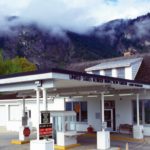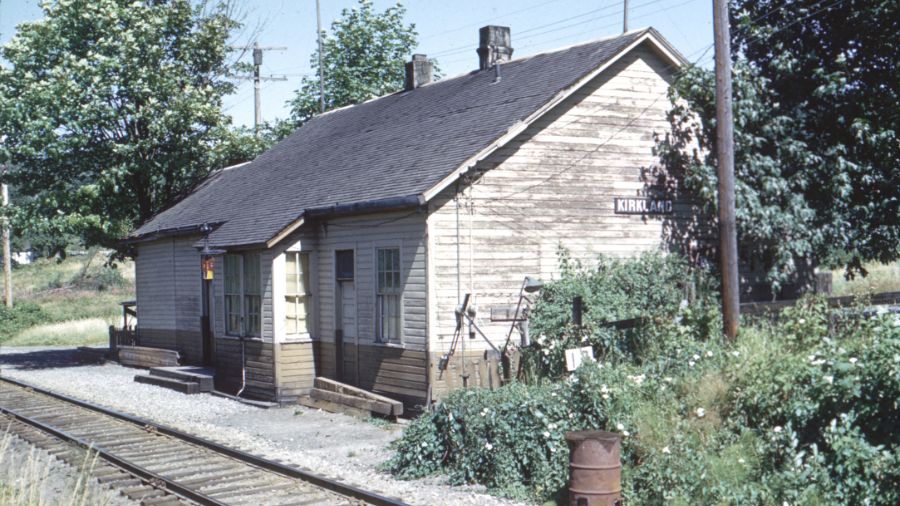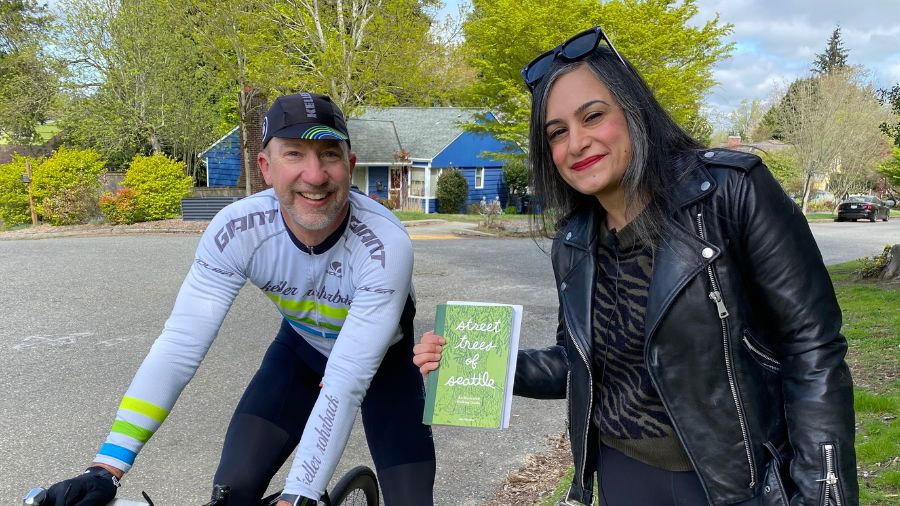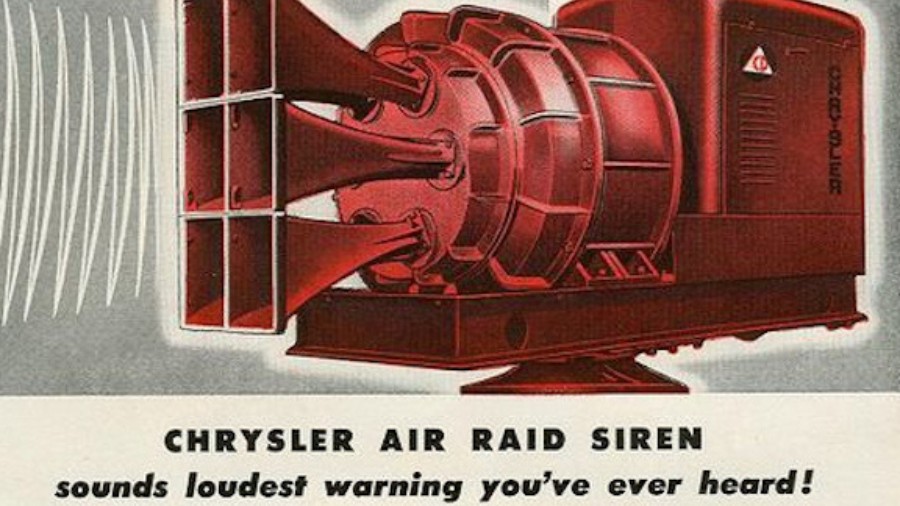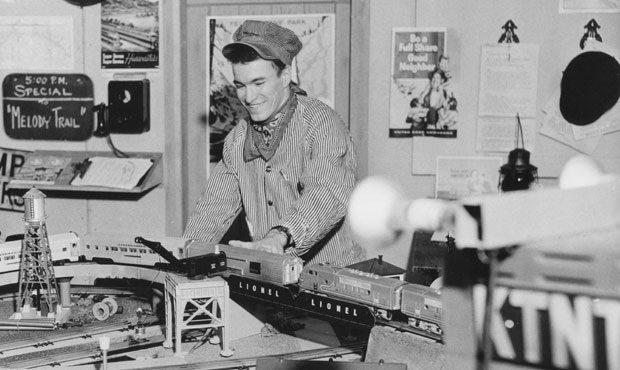All Over The Map: This airstrip is half in Washington, half in Canada
Jun 17, 2022, 7:23 AM | Updated: Oct 25, 2022, 4:20 pm
The next time you’re stuck in a long line of cars at the Peace Arch approaching the international border, imagine for a moment that instead of inching along in the family sedan, you were bouncing along a gravel runway and across the 49th parallel at the controls of your Cessna.
In reality, no imagination whatsoever is required for any part of this scenario at a unique border crossing in Eastern Washington which features its own international airstrip.
During the pandemic, All Over The Map checked in with several Washington border towns to see how residents and businesses were faring and to learn a little bit about each community’s history. Earlier episodes focused on Danville, Northport, and Metaline Falls, but one place we researched — but didn’t manage to get to on-air (until now) — is the community of Laurier in Ferry County.
Laurier – pronounced “lorry-eh” – is named after Victorian-era Canadian Prime Minister Wilfrid Laurier, and is at the far north end of US Highway 395.
At the border crossing on the Washington side, there’s a cool 1930s building that houses the offices and checkpoint of US Customs and Border Protection. The vintage building is similar to other structures from that era constructed at widely spaced crossings along the northern boundary from Washington all the way across the continent.
What’s not similar about Laurier is the one-of-a-kind airstrip, which runs north-south and straddles the international boundary – with a long stretch in Washington, and a long stretch in British Columbia.
It’s called Avey Field in honor of late longtime state legislator Arthur Kootenai Avey of nearby Kettle Falls. It was dedicated on July 11, 1963 with great fanfare and all kinds of dignitaries on hand, including longtime US Senator Henry M. “Scoop” Jackson.
The airstrip was built by the old Washington Aeronautics Commission – which is now part of WSDOT – as part of a statewide effort to create airstrips along popular aviation routes in rural and mountainous areas to serve as emergency landing options for small planes. In addition to their emergency function, the airstrips were also meant to encourage recreational aviators to visit out-of-the-way places.
Similar airstrips were built at Lester near Stampede Pass and Bandera near Snoqualmie Pass in 1948; two more were built at Skykomish and Nason Creek near Stevens Pass in 1949; and about a dozen more followed in the 1950s. In a Seattle Times article in July 1962, William A. Gebenini, director of the Aeronautics Commission, described how the state-owned fields were not restricted to emergency use.
“The emergency fields all are located in wonderful recreation areas. Some offer unsurpassed fishing, hunting or camping,” Gebenini told the newspaper. “Pilots are welcome to fly in to these fields for pleasure purposes—and they should use them often.”
Ten years ago, WSDOT made an effort to divest from airstrips of the old program. Avey Field was eventually purchased by Elaine Slagle and her husband, who had moved from California to Washington 20 years ago.
“He wanted an airport that people could land and take off without any charge,” Slagle told KIRO Newsradio in November 2020, describing her husband’s aspirations for Avey Field. “It’s just for people to enjoy now. That’s what my husband wanted in the first place.”
Bob Davis is the Slagle’s son-in-law. He assumed managerial duties for the airstrip at Laurier when his father-in-law took ill a few years ago.
“It’s really a nice little field. It’s nice rock, packed in solid,” Davis told KIRO Newsradio in November 2020. “We were talking about paving it one year and that never came to pass. The state was going to pay and they wanted to do a lot of improvements, but my father-in-law wanted to keep it kind of basic.”
“’Like it was meant to be,’ is what [my father-in-law] said,” Davis continued.
On the US side of the border, the US Customs Inspection Station at Laurier screens travelers as they head south by automobile, and staff offers the same service to travelers arriving by air. Canadian officials do the same at the north end of the gravel runway for people entering British Columbia.
Airfield namesake Arthur K. Avey passed away in 2013 at age 95. He was a military pilot and flight instructor during World War II, and served in the Washington State House from 1958 to 1968. Avey was mayor of Kettle Falls for 20 years, as well as head of the Washington Aeronautics Board during its heyday – when it was building airstrips around the Evergreen State that remain in use to this day.
Elaine Slagle says that depending on when the first autumn snow comes and when the last of it melts in the spring, Avey Field is open to the public from roughly June 1 to October 1 every year.
Between the snowy seasons, the spirit of welcoming travelers at Avey Field is likely something that long-ago Washington Aeronautics Commission director William A. Gebenini would heartily approve.
“People can come and stay overnight in their airplane or put a tent at the end of the runway,” Slagle said.
You can hear Feliks every Wednesday and Friday morning on Seattle’s Morning News and read more from him here. If you have a story idea, please email Feliks here.


